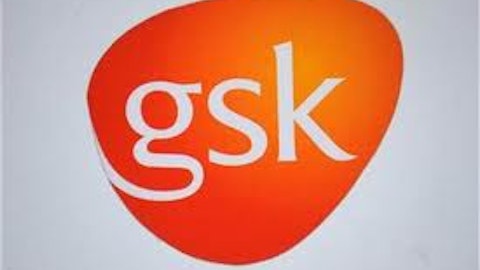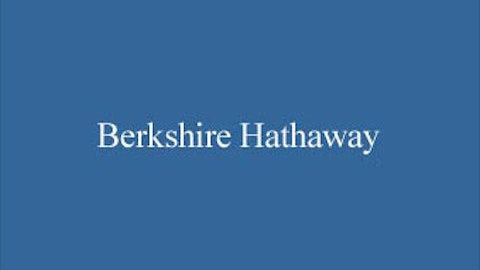LONDON — Before I decide whether to buy a company’s shares, I always like to look at two core financial ratios — return on equity and net gearing.
These two ratios provide an indication of how successful a company is at generating profits using shareholders’ funds and debt, and they have a strong influence on dividend payments and share price growth.
Today, I’m going to take a look at Wm. Morrison Supermarkets plc (LON:MRW) to see how attractive it looks on these two measures.
Return on equity
The return a company generates on its shareholders’ funds is known as return on equity, or ROE. ROE can be calculated by dividing a company’s annual earnings by its equity (i.e., the difference between its total assets and its total liabilities) and is expressed as a percentage.
Wm. Morrison Supermarkets plc (LON:MRW) has doubled its annual dividend payout over the last five years, rewarding long-term shareholders. Let’s take a look at the firm’s ROE over the same period:
| Wm. Morrison | 2009 | 2010 | 2011 | 2012 | 2013 | Average |
|---|---|---|---|---|---|---|
| ROE | 10.3% | 12.6% | 12.2% | 12.8% | 12.2% | 12% |
Morrisons’ ROE has been extremely consistent over the last four years, and its five-year average of 12% is similar to those of other U.K. supermarkets.
What about debt?
One weakness of ROE is that it doesn’t show how much debt a company is using to boost its returns. A good way of assessing a company’s debt levels is by looking at its net gearing — the ratio of net debt to equity.
In the table below, I’ve listed Wm. Morrison Supermarkets plc (LON:MRW)’ net gearing and ROE alongside those of its peers,Tesco and J. Sainsbury:
| Company | Net Gearing | 5-Year Average ROE |
|---|---|---|
| J. Sainsbury | 39.5% | 10.5% |
| Wm. Morrison | 41.4% | 12% |
| Tesco | 46.9% | 15.5% |
The supermarkets’ average ROE and net gearing appear to be closely correlated, highlighting the influence that debt can have on ROE.
What’s next?
Wm. Morrison Supermarkets plc (LON:MRW) has committed to spend 241 million pounds to set up its home delivery service, and the firm is also investing in new smaller, local stores. As a result, total debt is expected to rise from 2.4 billion pounds to 2.7 billion pounds this year.
Morrisons’ online food business isn’t expected to make a positive contribution to earnings until 2016/17, so the next couple of years could see Wm. Morrison Supermarkets plc (LON:MRW)’ profits come under pressure.
Is Morrisons a buy?
Morrisons currently trades on a forecast price-to-earnings ratio (P/E) of 10.5 and a prospective yield of 4.7%.
It’s also worth remembering that Wm. Morrison Supermarkets plc (LON:MRW)’ 2012 operating margin of 5.2% was higher than those of both Tesco (3.4%) and Sainsbury (3.8%).
I think that Morrisons looks like a good income buy at the moment, with long-term growth potential.
Finding market-beating returns
Finding shares that can beat the market over a long period is hard, but if you already hold Wm. Morrison Supermarkets plc (LON:MRW)’ stock, then you might be interested in learning about five-star shares that have been identified by the Fool’s team of analysts as “5 Shares to Retire On.”
The article What Do These Ratios Tell Us About Wm. Morrison Supermarkets? originally appeared on Fool.com.
Roland Head owns shares of Tesco but does not own shares of any of the other companies mentioned in this article. The Motley Fool recommends and owns shares of Tesco.
Copyright © 1995 – 2013 The Motley Fool, LLC. All rights reserved. The Motley Fool has a disclosure policy.

